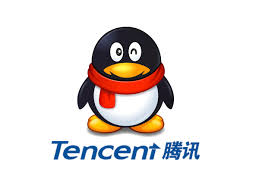
Google Translate was launched on 28 April 2006, which means that it has just celebrated its 12th birthday. Here are some fast facts about the controversial app:
• It began with just two, but the service now covers 103 languages, including some you may not have heard of, for example: Cebuano, a major language of the Philippines; Kannada, spoken in South India; and Sesotho, the main language of Lesotho and also an official language in South Africa.
• The most popular language combinations are English from and into Spanish, Arabic, Portuguese, Russian and Indonesian.
• Over 500 million people use Google Translate; the country boasting the most users is Brazil.
• More than 100 billion words are translated using Google Translate every day – that’s around 13.5 words for every single person on the planet… every day!
• It relies on an online community to add, revise and improve translations, with over 3.5 million individuals having contributed.
Many companies in an eager attempt to engage with their international customers have translated their slogans and marketing materials that, unfortunately, have not had the same resonance as the original English version. And in some cases, the results can verge from being slightly embarrassing to downright catastrophic
There is no denying that Google Translate has a place in the world of translation; in fact it has come on leaps and bounds in the decade since its inception. Any professional in our industry will nonetheless happily chew your ear off about all the pitfalls of using machine translation in place of a real person. There are countless articles and blogs warning of Google Translate ‘fails’ (you can read one of our own blogs here, written by a member of the team at Business Language Services), which just goes to show that if you’re thinking of having something translated, it always pays to use a reputable company. You know the phrase: ‘You pay peanuts, you get monkeys’.

